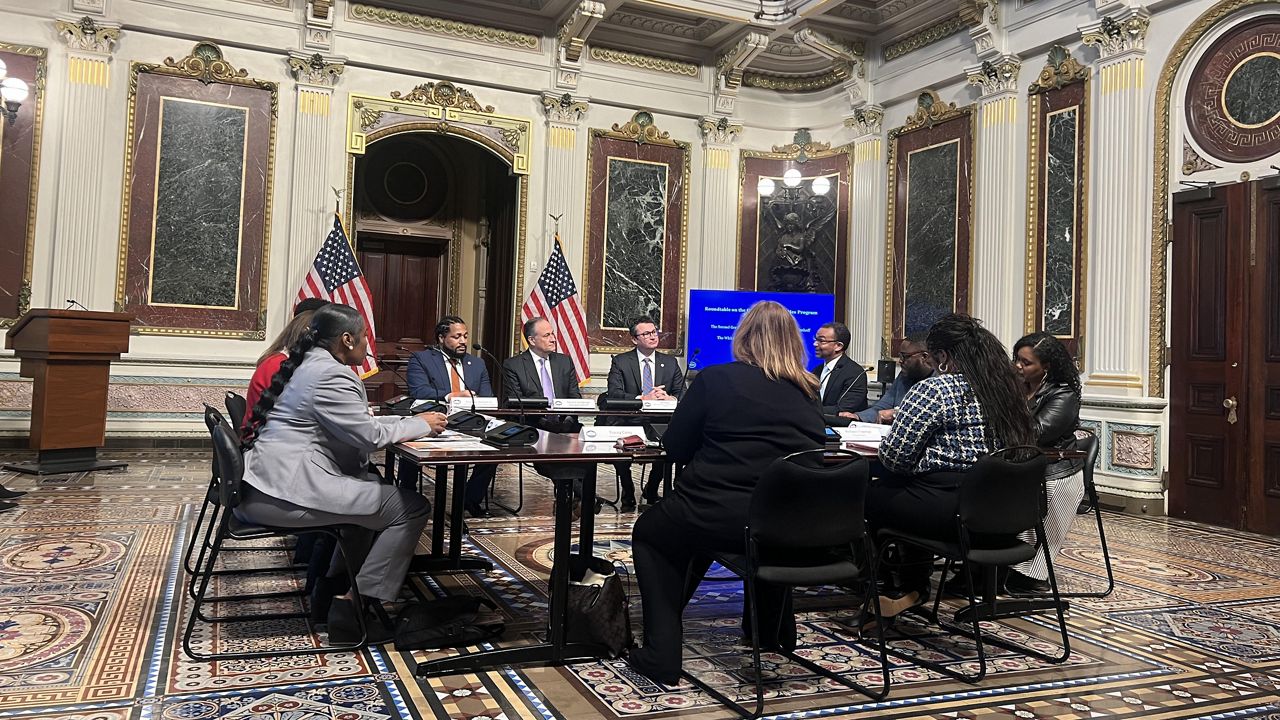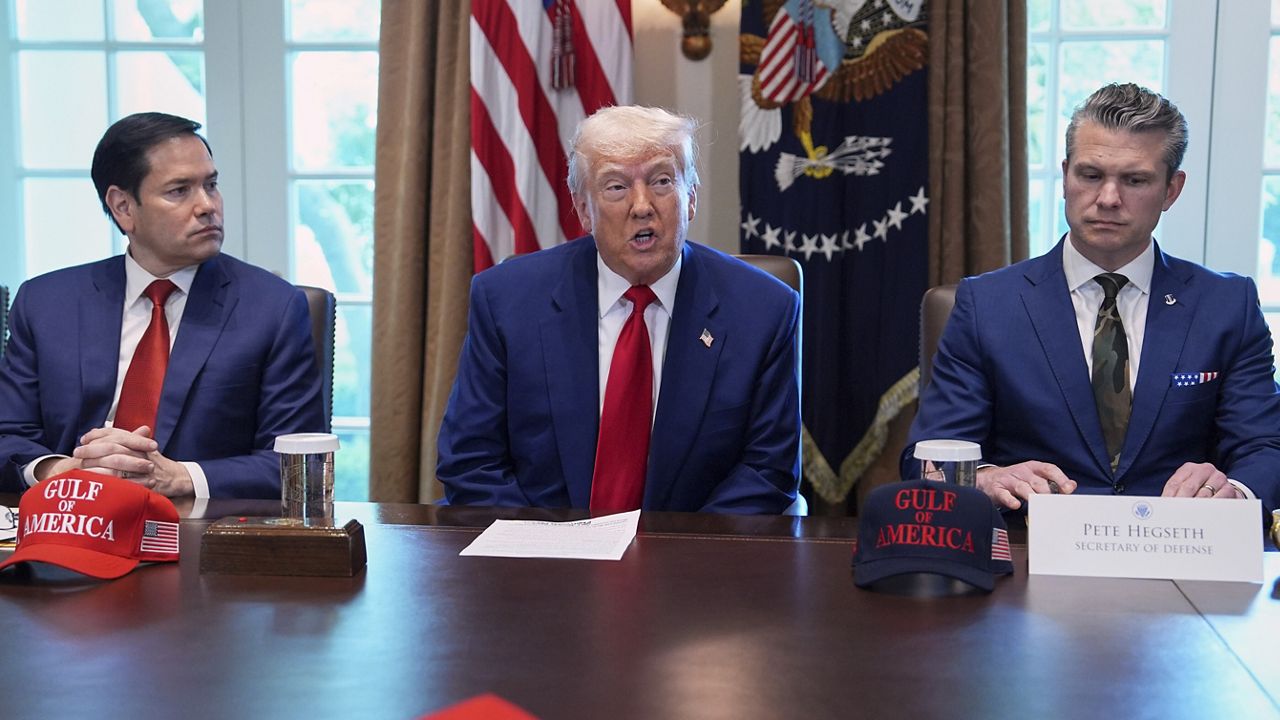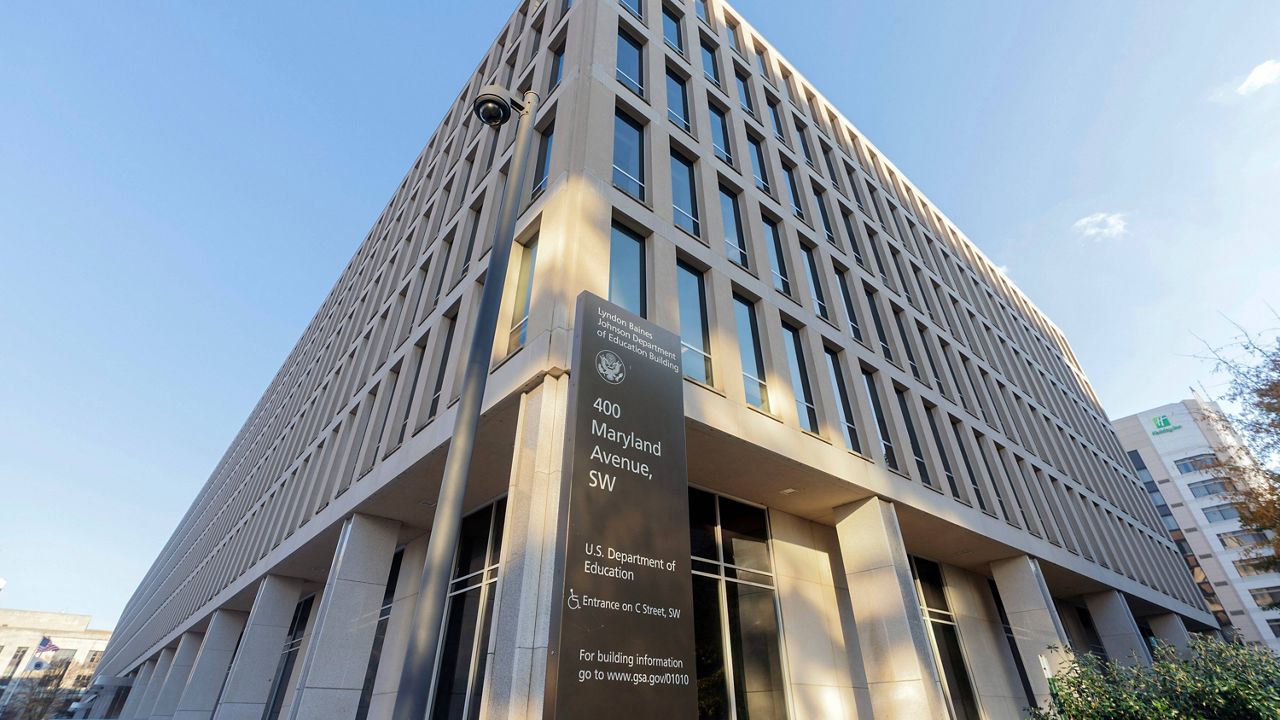As the nation prepares to hit two grim anniversaries next month, the mass shootings in Buffalo and Uvalde, and as the summer heat approaches – an environment in which studies show has brought increases in such shootings – the White House is seeking to bolster its actions on gun violence.
As part of that effort, the Biden administration is looking to head into the summer season equipped with a new plan at the federal level to respond to mass shootings in what was described by the deputy director of the White House Office of Gun Violence Prevention, Gregory Jackson, as a “FEMA-style response.”
“What the president set us out to do was to build a FEMA-style response to ensure that communities are not left to pick up the pieces without the full force of the government to be there to help at all levels of their response and recovery,” Jackson said in an interview with Spectrum News.
Similar to how the Federal Emergency Management Agency deploys resources after disasters like hurricanes and fires, the new White House gun violence emergency response team will coordinate resources and strategies across federal departments and agencies to aid in recovery.
The Justice Department, for instance, is ready to set up family assistance centers within 24 hours of a tragedy while the Department of Education is prepared to help schools reopen and navigate learning environments in the wake of a shooting, Jackson said. The Small Business Administration, he added, is looking at ways to help businesses recover when a shooting takes place at a bowling alley, restaurant, lounge or grocery store.
“And so this is huge because while the government has had these resources before, now, with our new coordination, we’re able to get to the scenes and get to communities within hours and days, not weeks and months,” he said.
Last Friday marked the emergency response team’s “kickoff” meeting, which included ten different agencies at the table, Jackson said.
Jackson noted he has been working on the new effort “aggressively” for the last six months, with the administration holding seven listening sessions with communities impacted by a mass shooting. Recent shootings in Lewiston, Maine and Kansas City helped form strategies.
“With each of these scenarios, whether it was Lewiston, Maine or a public bus shooting in Philadelphia, we’ve been deploying resources based on needs in response to the requests of the mayors and the governors and the president himself,” Jackson said.
In Kansas City, for instance, Jackson noted the government worked to ensure it engaged the Latino community as it was “uniquely impacted by the loss in that tragedy.”
President Joe Biden created the first White House Office of Gun Violence last year to lead the administration’s response to gun violence and work on implementing the Bipartisan Safer Communities act, signed by Biden in 2022. A number of states, such as Maryland, California, North Carolina, Massachusetts, Washington, Colorado and Illinois have since opened, or already had established their own offices on the state level – a move Vice President Kamala Harris, who was tapped to oversee the federal office – called on state lawmakers to do.
Other states have bills in their legislatures that would establish one if passed. In Pennsylvania, Gov. Josh Shapiro requested funding for one in his annual budget.
Jackson added that more than 30 have been established at the city level.
The official launch of the emergency response team also comes just a little over a week after the administration announced a rule that seeks to expand background checks outside of guns sold at brick and mortar stores, closing the so-called “gun show loophole.”








